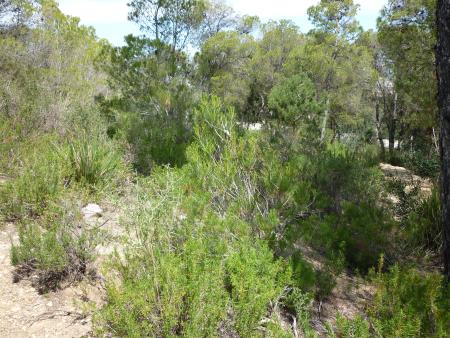
Objective:
In light of the great global interest in PAM as a source of active ingredients. So, it is important to investigate the impact of seasonal variation on Rosmarinus officinalis, Erica Multiflora and Cistus monspeliensis by evaluating of some biochemical responses in three sites Mount of Zaghouan (DZ), Mount of Mansour (DM) and Mount of Sarej (DS) and to compare their behavior in the three seasons (spring, summer and autumn).
Context:
Aromatic and medicinal plants (PAM) are a reservoir of biologically active substances because of its diversity. Under adverse environmental conditions, PAM produce various active ingredients such as carotenoids, terpenoids, xanthophylls, chlorophylls, phycobilins, polyunsaturates, fatty acids, polysaccharides, vitamins, sterols, tocopherol and phycocyanines.
In Tunisia, interest in PAM and the development of forest plants, in general, are in great demand and their crops are becoming indispensable.
Contacts:
Khaoula NEFZI, nefzikhaoula@hotmail.com, http://www.inrgref.agrinet.tn/fr/
Mokhtar BARAKET, moktar.baraket@gmail.com, http://www.inrgref.agrinet.tn/fr/
Walid JAOUADI, Jawediwalid650@yahoo.com, http://www.inrgref.agrinet.tn/fr/
Zouheir NASR. zouheirnasr84@gmail.com, http://www.inrgref.agrinet.tn/fr/
Further information:
Albert Rivas-Ubacha,1, Jordi Sardansa , Miriam Pérez-Trujillob , Marc Estiartea , and Josep Peñuelasa (2012).Strong relationship between elemental stoichiometry and metabolome in plants. Ecology journal.